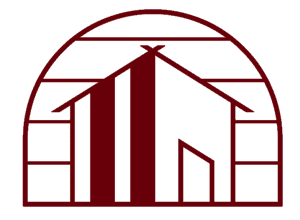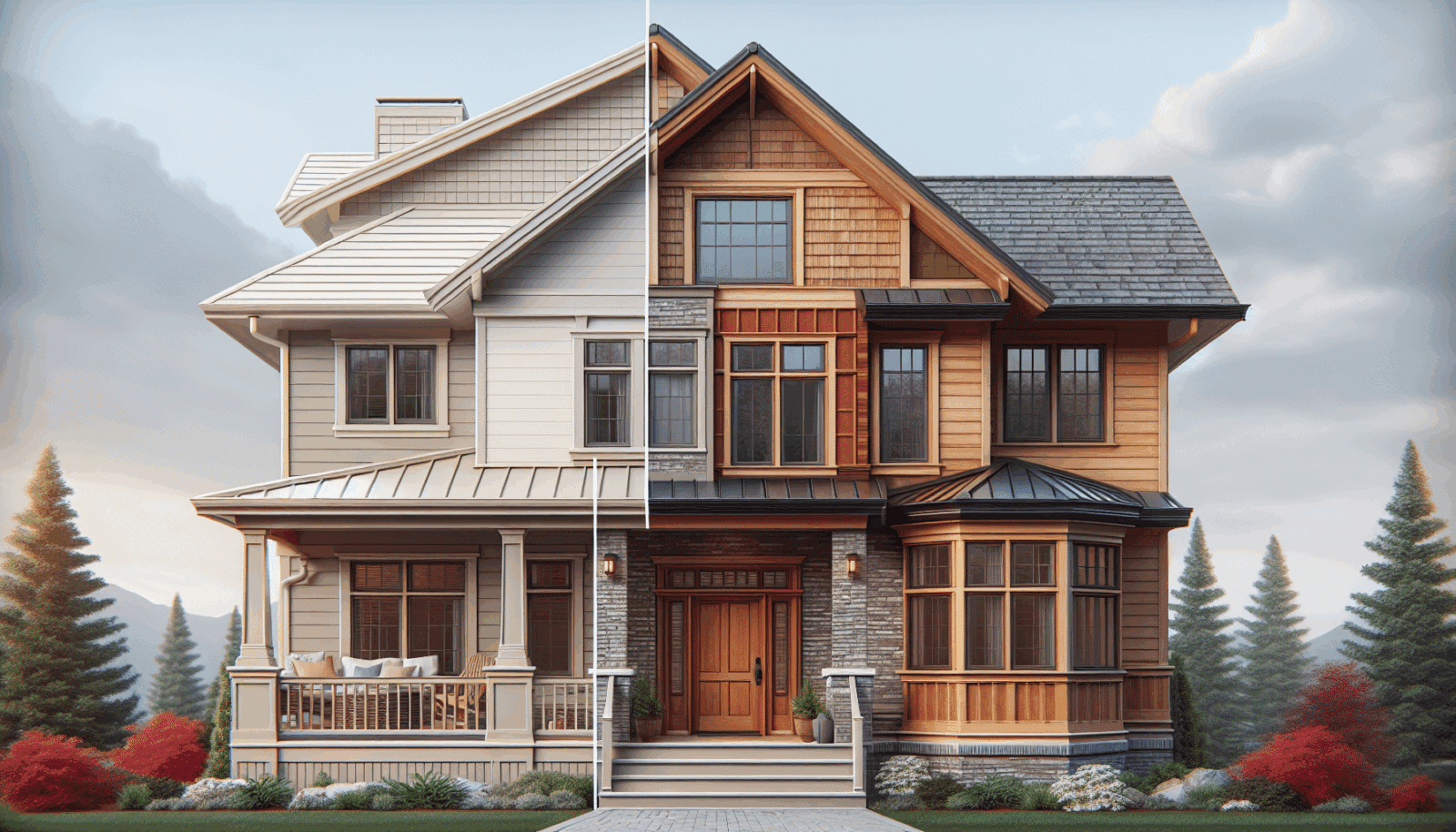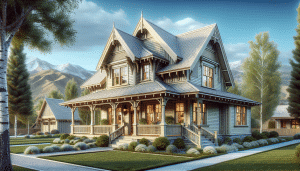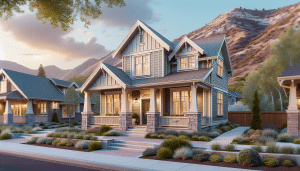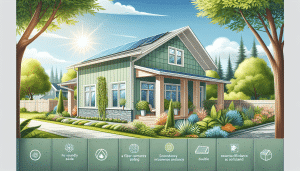Choosing between PVC siding and traditional materials for your home can be a puzzle. At Utah Siding & Exteriors, we understand the importance of making an informed decision that enhances your home’s aesthetics, value, and durability. This guide provides a detailed comparison to illuminate the benefits and considerations of each option, targeting homeowners who are pondering their siding choices. Whether you’re in the market for a renovation or constructing a new home, this article is tailored to simplify your decision-making process.
Understanding PVC Siding
Polyvinyl Chloride, or PVC, has emerged as a revolutionary siding material, boasting a blend of durability and aesthetic versatility unmatched by many traditional siding materials. Unlike its counterparts, PVC siding withstands the elements with remarkable resilience, resisting fading, cracking, and warping — a testament to its long-lasting beauty and low maintenance requirements. The innovation does not stop here; PVC’s range of textures and colors cater to diverse architectural preferences, seamlessly complementing any home design.
Moreover, the installation of PVC siding presents a cost-effective solution for homeowners. Its lightweight nature simplifies the installation process, reducing labor costs and time. Additionally, the environmental footprint of PVC siding is slowly diminishing, with manufacturers increasingly adopting recycling processes to mitigate waste, making it a considerate choice for eco-conscious homeowners.
The Charm of Traditional Materials
When we talk about traditional siding materials, wood and brick are among the classics that have adorned homes for centuries. The natural beauty of Wood Siding creates a warm, inviting aesthetic that many homeowners covet. Its timeless appeal, combined with the capacity for customization in terms of paints and stains, offers a palette for creativity. On the other hand, brick siding exudes strength and durability, providing homes with a venerable appearance that boasts low maintenance and outstanding longevity.
However, it’s pertinent to consider the flip side. Wood, while beautiful, demands regular maintenance to fend off moisture, insects, and rot. This commitment to upkeep translates to additional expense and effort over time. Brick siding, albeit durable, requires a significant initial investment and isn’t immune to issues like mortar joint deterioration. These factors are crucial in comparing traditional siding materials to modern innovations like PVC.
Eco-Friendly Aspects
The sustainability of building materials has become a pivotal consideration for homeowners. PVC siding steps up to this challenge by offering a recyclable option that reduces waste in landfills. Its durability means less frequent replacements, contributing to reduced demand for raw materials and energy for production. Admittedly, its production process has faced criticism for environmental impacts, but advancements continue to mitigate these concerns, pushing PVC toward a greener future.
Traditional materials like wood siding offer a natural, renewable resource that appeals to eco-conscious individuals. When sourced responsibly, wood can be an environmentally friendly choice, but this comes with the caveat of regular maintenance and potential chemical treatments to prolong its life. Brick, made from natural clay, also ranks well for sustainability, especially considering its longevity and energy efficiency in homes.
Cost Comparison: PVC vs. Traditional
Cost is a major factor in any home improvement decision, and siding is no different. PVC siding, admired for its low maintenance and longevity, offers a cost-effective alternative in the long run. The initial investment might be similar to or slightly higher than some traditional materials, but when you factor in the minimal upkeep and durability, PVC often emerges as a financially prudent choice.
On the flip side, traditional materials like wood and brick carry their own sets of financial considerations. Wood siding, while initially more affordable, incurs ongoing maintenance costs that can add up over time. Brick siding’s initial installation cost is on the higher end, but its durability and low maintenance can make it a worthwhile investment for those prioritizing longevity over upfront expense.
Aesthetics and Design Flexibility
The aesthetic appeal of your home’s exterior plays a crucial role in its overall charm and curb appeal. PVC siding offers an extensive palette of colors and styles, including options that mimic the textures of wood and stone. This versatility allows homeowners to achieve their desired look without sacrificing the benefits of PVC’s durability and maintenance ease.
Traditional materials, with their authentic textures and colors, provide a distinct aesthetic that many find irreplaceable. Wood’s natural grains and brick’s earthy tones offer a classic appeal that appeals to those seeking a traditional or historic look for their home. However, customization in traditional materials comes with added costs and maintenance to preserve their beauty over time.
Weather Resistance and Durability
Durability is a key consideration for siding materials, especially in areas exposed to extreme weather conditions. PVC siding stands out for its exceptional resistance to moisture, wind, and thermal changes, maintaining its integrity and appearance year after year. This resilience translates to fewer worries about repairs and replacements, no matter the climate.
Traditional materials like wood and brick have their strengths and weaknesses when it comes to weather resistance. Wood is vulnerable to moisture and requires diligent maintenance to avoid decay, while brick can withstand the elements but may suffer from mortar deterioration. Choosing the right siding involves weighing these factors against your home’s environmental exposure.
Maintenance Requirements
Maintenance is an unavoidable aspect of homeownership, but some choices can minimize the burden. PVC siding is celebrated for its low maintenance, requiring little more than a simple wash to keep it looking pristine. This ease of care is a significant advantage for busy homeowners or those seeking a low-effort, high-impact home improvement solution.
Conversely, traditional materials like wood demand ongoing attention to maintain their beauty and structural integrity. Regular painting, staining, and sealing are necessary to protect wood siding from the elements, adding to the homeowner’s to-do list. Brick, while less maintenance-intensive, still requires periodic cleaning and mortar repair to ensure longevity and aesthetic appeal.
Installation and Repair
The simplicity of installation can be a dealbreaker for many homeowners looking to upgrade their siding. PVC siding is lightweight and engineered for efficient installation, often resulting in lower labor costs and a faster turnaround. Its modular design also simplifies repairs, as individual sections can be replaced without disturbing the entire facade.
Traditional siding materials require skilled craftsmanship for installation, reflecting in higher labor costs and longer project timelines. Wood siding, in particular, demands precision to accommodate natural expansion and contraction. While repairs on traditional materials can be more complex and costly, their timeless beauty often justifies the investment for enthusiasts of classic home designs.
Choosing the Right Siding for Your Home
Selecting the perfect siding material is a deeply personal decision that involves balancing aesthetic preferences, budget constraints, and practical considerations like maintenance and durability. At Utah Siding & Exteriors, we’re committed to guiding homeowners through this process, providing expert advice and top-quality siding options across our service areas.
Understanding the unique characteristics and benefits of PVC and traditional siding materials is the first step toward making an informed choice. We encourage homeowners to consider their long-term objectives and lifestyle needs as they explore these options, ensuring their siding selection not only enhances their home’s appearance but also aligns with their values and requirements.
Taking the Next Steps
- Determine your priorities: Whether it’s low maintenance, eco-friendliness, or authenticity in appearance, identifying what matters most can help narrow down your choices.
- Consider the climate: Your home’s location and exposure to weather elements should influence your siding selection to ensure durability and performance.
- Evaluate your budget: Understand the full scope of costs, including installation and future maintenance, to make a financially sustainable choice.
- Seek professional advice: Leverage the expertise of siding specialists who can provide insights tailored to your specific needs and preferences.
- Think long-term: Consider how your siding choice will impact your home’s value, aesthetics, and your quality of life in the years to come.
Concluding this comprehensive comparison, we hope to have illuminated the distinct advantages and considerations of PVC siding versus traditional materials. If you’re ready to embark on a siding transformation, don’t hesitate to reach out to us by phone at 801-509-9241 or Request a Free Quote.
